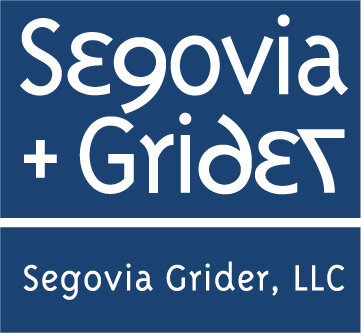The Tax Cuts and Jobs Act of 2017 (TCJA) made numerous important changes in the law. In combination, some of these changes put greater importance on a technique many have employed for years: Itemizing in alternate years.
Federal and state tax savings are a consideration in our giving decisions. The larger standard deductions under the TCJA greatly increases the number of taxpayers who either cannot itemize every year, or who waste significant amounts of charitable giving to reach the standard deduction.
Consider a married couple over 65 whose standard deduction is now $26,600. Their tax deductions are limited to $10,000 and their home is debt free. Absent less common deductions to fill that $16,600 gap, the first $16,600 of donations each year provide no tax benefit!
By combining multiple years giving into one year, that loss is often mitigated. If they give $20,000 per year, only $3,400 per year produces any tax savings. By combining two years in one, $23,400 of giving yields tax savings. (The savings are at the marginal tax rate of zero to 37%, plus state savings.) That can amount to an additional $5,000 or more of tax savings over each two year cycle. Combining more than two years into one is even more tax-efficient.
On the downside, one must either have plenty of cash, or ask the charities to wait until next year.
If one has the cash to pre-fund charity, there are three main ways to approach it. First, one can give outright to the charities; just be clear that it has to hold them through a certain date before they seek further contributions.
Second, one can create a private foundation. These have somewhat lower deduction limitations in a given year versus public charities, and there are filing requirements and self-dealing restrictions that must be observed.
Finally, one can use a donor-advised fund. Before incurring the burden of a private foundation, consider what important goals can be met by a donor-advised fund. Many find the donor-advised fund meets their needs. Other than a fee based on a percentage of funds in the account, this approach has no other costs or restrictions. And tax reporting is simplified since one is just making a single gift every two or three years.
See our post on Qualified Charitable Distributions for an alternative for those aged 70 1/2.
